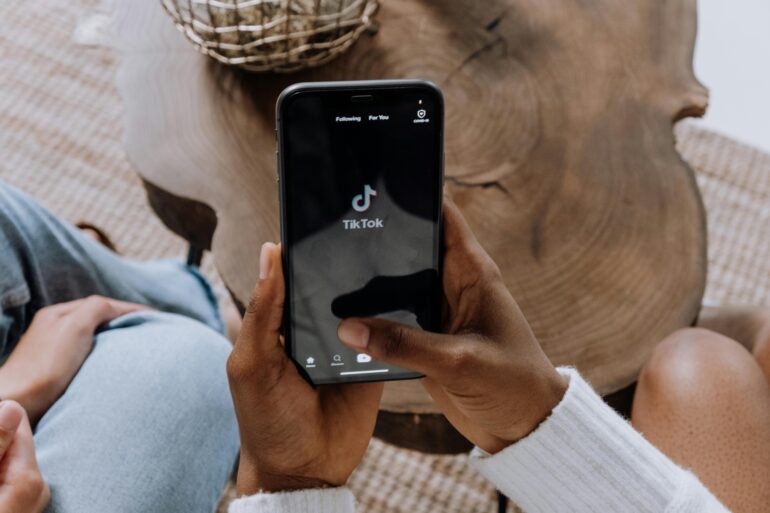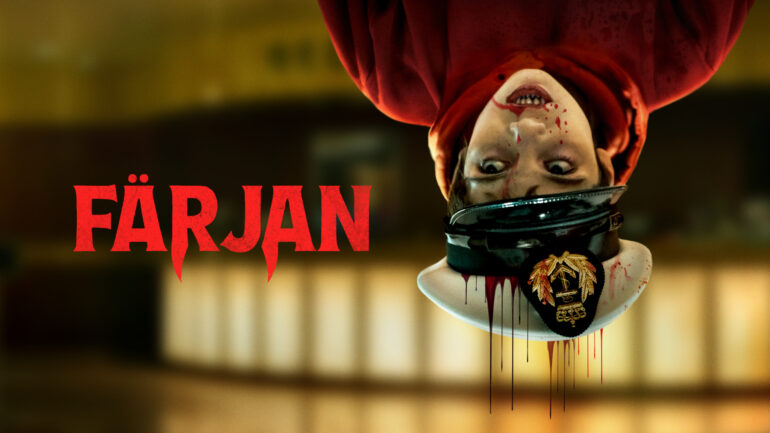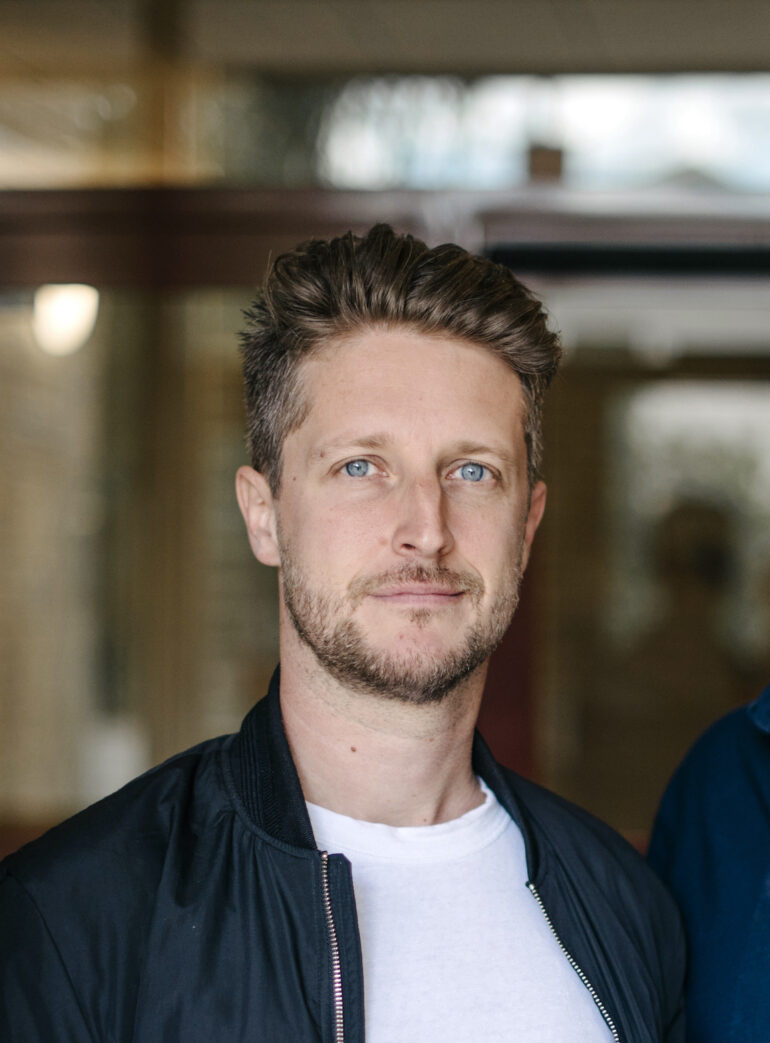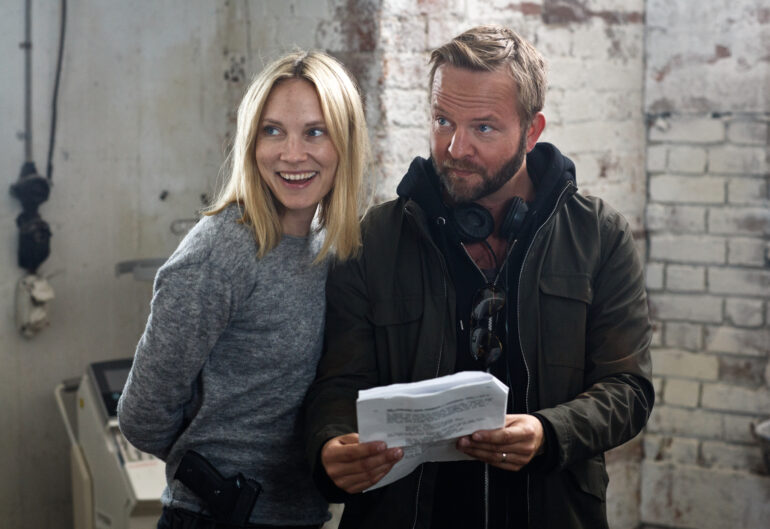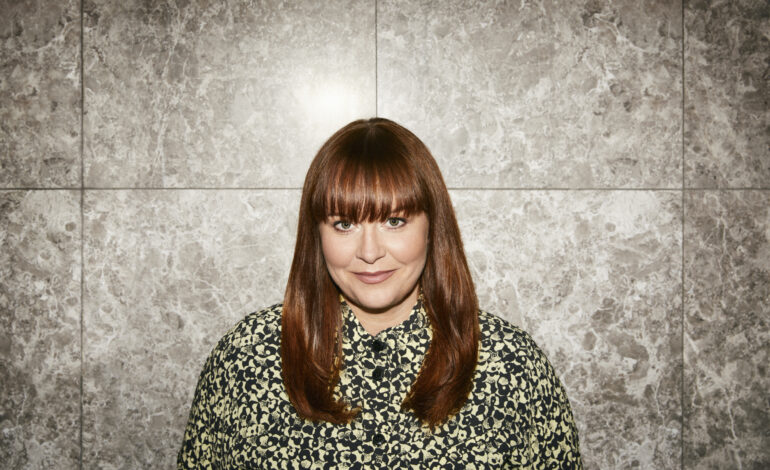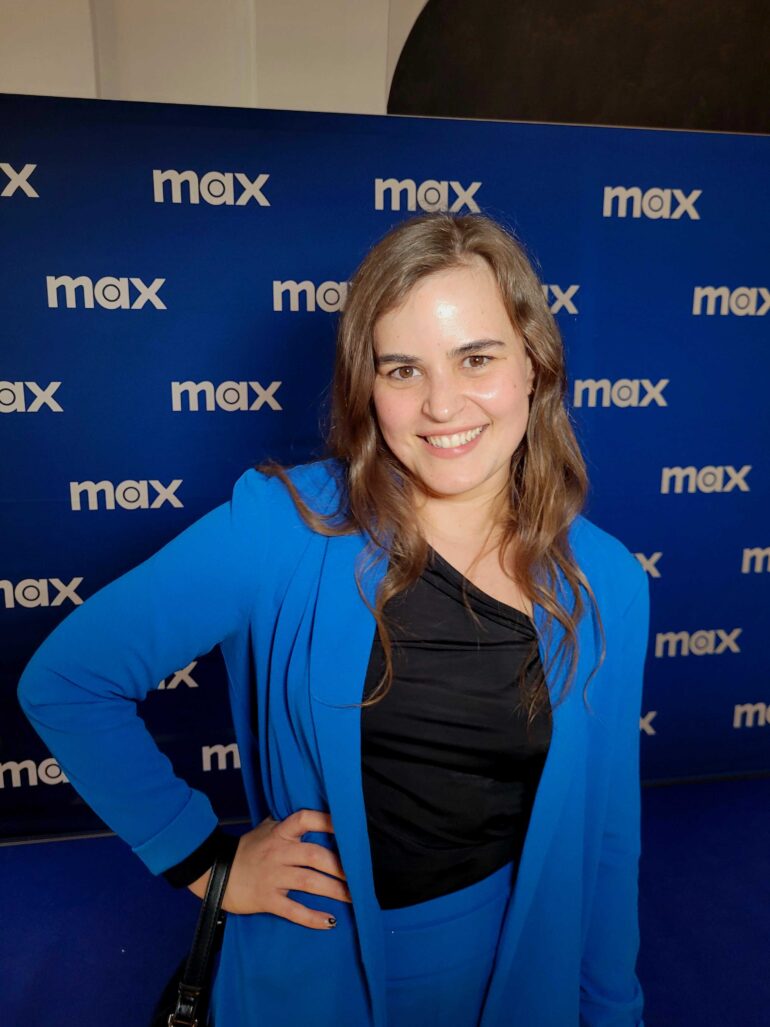WRITTEN BY: Ninna Bengtsson
Social media’s role in entertainment, film and TV productions: Today, add-ons, buzz on popular platforms, and influencers are crucial to attracting viewers.
An unexpected new crime thriller causes a viral storm on TikTok. An Instagram influencer suddenly gets her own funky TV series, and a vampire short film becomes a huge success on YouTube. Social media is the elephant in the room that is currently transforming the landscape.
It is fundamentally changing the film and TV industry when it comes to content, viewing and interaction, as well as empowering audiences and shaping people’s consumer behaviour. Reach and accessibility are key words – and not only in unscripted content.
The horror serie Blood Cruise (Färjan), based on a book by Mats Strandberg, will soon premiere on SVT. Producer and director Alexander Rönnberg remembers how he used YouTube in the beginning of his career.
”We made some short horror films, one example is Bloody Mary, that we published on social media, and those got a lot of views – I think over 100 million. I feel the same thing happening with TikTok now, horror stories are really fun to watch. We want to be more active on social media, especially for marketing purposes.”
Does it affect your creative process as a filmmaker?
Normally not. But if you are working to cast someone in a certain role and you reach a level where financiers invest more money, they might want to look more at people and actors who are active on social media. They might think it can be beneficial if an actor has for instance 100,00 followers. But at the same time, that's better for us. At the same time it’s nothing new, you have always had big film stars that are cast in roles and will draw an audience because of their celebrity status.
SoMe’s impact when it comes to marketing, but also opening up for new content creators, can’t be underestimated, state many producers and directors NFTVF has talked to. And it’s an important way of reaching young audiences.
Around 56 per cent of Gen Zs and 43 per cent of millennials are more interested in social media content than traditional TV and films, according to a recent American report, “2025 Digital Media Trends”, published by Deloitte Center for Technology, Media & Telecommunications. And almost 50 per cent of the same age groups feel a stronger personal connection to social media creators than to actors and TV personalities.
At the same time, social video consumption is increasing in the Nordic region, according to a new report from Mediavision. This spring, more than seven million people aged 15–74 watched social video daily - a 30 per cent increase compared to spring last year.
”Social media is currently one of the most important tools you can use if you want to capture your targeted audience. There is a younger generation that consumes film and TV heavily, whose only source is social media. They have probably never read a review in a newspaper, but follow accounts on TikTok, with which they have an almost personal relationship,” says scriptwriter and director Henrik Björn.
A successful trailer release on YouTube, combined with the right buzz on TikTok and short interviews and behind-the-scenes footage on Instagram, can be the perfect PR storm you want to create for your project, he adds.
”Viral phenomena such as “Barbenheimer” and Minecraft: The Movie demonstrate the power of this, but then the wind can quickly start blowing in the other direction. One example is The Last Of Us, where the second season was not as well received, and a feeling that it wasn't true to the game took hold. Soon the ratings on review sites were bombarded, and even some of the actors were ridiculed. Social media is an incredibly important, but difficult, instrument to manoeuvre.”
An actor’s social media presence can be a factor to weigh in, when casting. Henrik Björn mentions artist Yohio, who starred in SVT’s Jordskott. The star’s popularity helped the series gain fans in South Korea and Japan.
”It's a double-edged sword. I find that most Swedish actors are quite restrictive and deliberately restrained on social media. There may also be a slight anxiety, that it's considered bad form to talk too much about yourself. Our top influencers, on the other hand, who live their lives online, are huge stars today. The biggest ones are like top film stars. So I understand the temptation to cast an influencer. But it has to feel organic and right for the story you're creating. Personally, I like to have at least one ‘wild card’ in the ensemble, someone that can reach people other than the most obvious audience.”
Most streaming services also have their unique strategies for finding their audience online. Karin Lindström, Head of Originals, Nordics & Poland at Amazon MGM Studios, gives an example: The first full episode of Maxton Hall was released on YouTube as a way of gathering interest.
”Another example was The Summer I Turned Pretty, which is a YA series. It was really delivering high numbers, and new customers were coming in, all due to the stuff that was on TikTok. User generated TikTok fans in other territories loved the series. Young demos will look for great stories and great content, and give it a shot when they find it,” she says.
Veronika Benzon works with social media at the streaming giant HBO Max in the Nordics, and says that the landscape is changing at a fast moving pace.
”Nothing I do today is the same as what I was doing 12 years ago. Everything has changed, and I expect it will continue to change, grow, mutate, and evolve. That's really the niche of social media. One of the biggest challenges is of course that it's fast moving. So any plan that you have today might be irrelevant tomorrow. Data can give you a lot of insight if you can use it in the right way, and if you know how to use it in real time, you get those learnings. I don't see it as a challenge that we also sometimes get negative feedback. If someone doesn't like an episode of a show where you kill their favourite character, that's still engagement, that's still a community coming together sharing their thoughts. It gives you a lot of insight into the minds of the fans and consumers.”
How do you work with social media in general when it comes to the Nordics? What is your experience?
”My short answer is: It's key. The worst thing that can happen on social media is that no one cares. But it depends on what new shows you're launching. So we always look at what is the goal of a certain show, which audience do we want to talk to, and how do we want to talk to them? You can get millions of eyeballs and impressions on social media, but what you cannot buy with dollars is engagement and shares. My number one rule is to ask yourself ‘would you share this?’. Because if somebody chooses to share, that's a clear indication this was something they connected with. It was relevant to them.”
Do you use influencers with a huge fan base in the productions?
“Sometimes. It depends on the genre. For a traditional HBO drama, that’s rare. More often, an international cast is used in our productions. We have a Danish actress in House of the Dragon, and that has a huge impact in this specific market. For unscripted content, it’s more common to work with influencers as part of the cast, to boost engagement with the show. But these days, it’s harder to distinguish between a ‘classic influencer’ and an actress with a large social following – and more and more we see the two worlds overlap.”
Veronika Benzon also says that she sees a shift away from watching whatever is on, to people who want to get recommendations from others online.
”Viewers want to make sure they're spending their time on the things that really matter and are going to move them. And then they'll go back on social media and talk about it,” she says, and adds that humour is also important when working with SoMe:
”It's not always about being serious, especially these days. The world can be a dark place, and people don't necessarily attend social media to be reminded of this, or feel worse. Sometimes they want to feel better – I call it hope core. People want to smile.”
